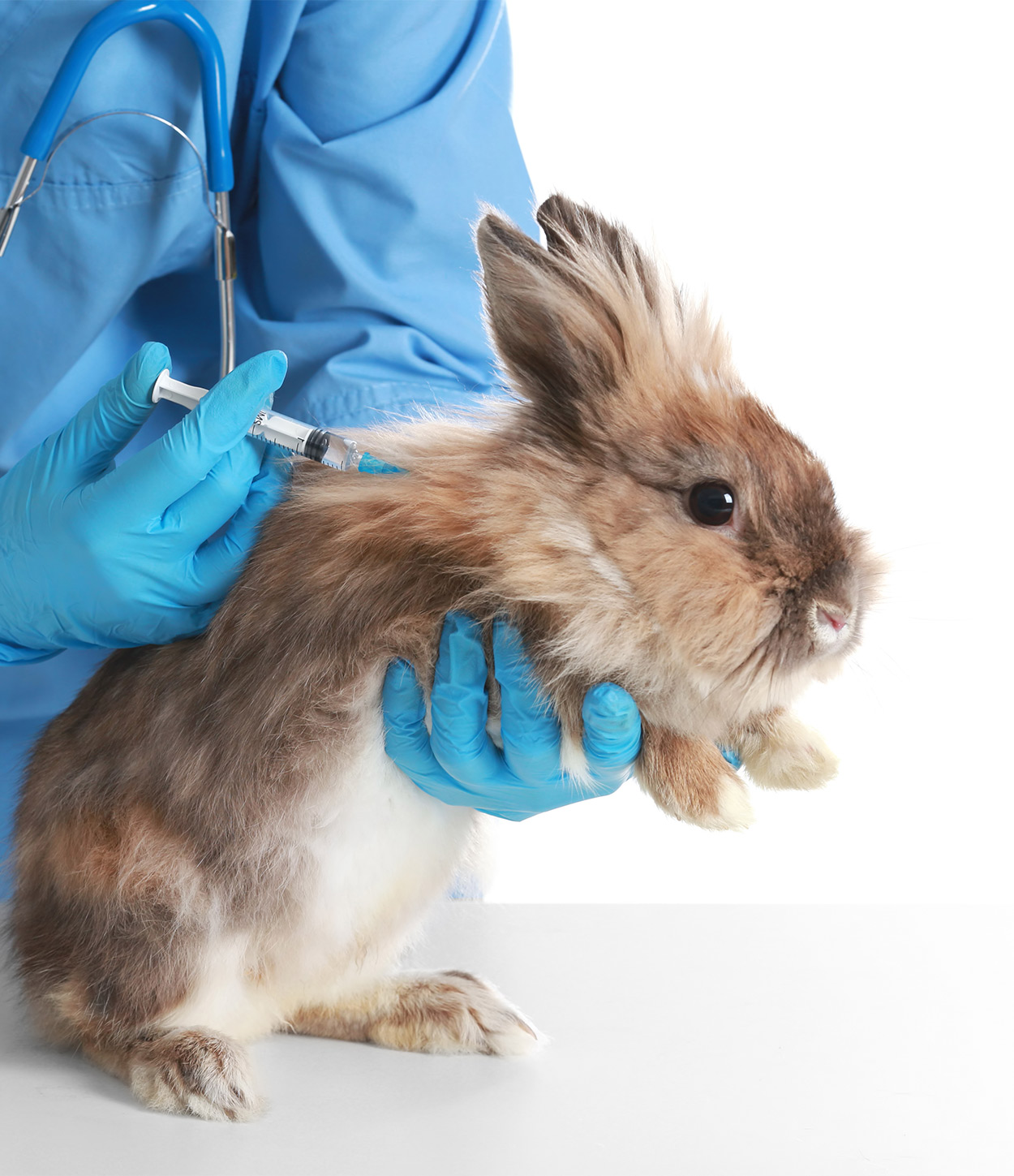Rabbits are cute and make great pets, but they do have some care requirements many people may not be aware of. Did you know that pet rabbits can live an average of 8-12 years? Here is our how to guide for helping your bunny live their best life.
Rabbit Dietary Requirements
Rabbits can have serious issues if they stop eating for any longer than 12 hours; in fact it can lead to bloat which can be life threatening. If you notice your bunny stop eating and even offering treats does not tempt them, please contact the clinic asap!
Hay (not straw) should be fed ad lib and from a feeder or hay ball. The difference between hay and straw is the cut; Hay is the top part of the plant, usually has flowers/leaves and even seed components. Straw is the lower part of the stalk and has little to no nutritional value.
The best hay types for your bunny include oaten hay or timothy hay. These can be purchased from your local fodder store or in mini-bails from reputable pet shops. Lucerne Hay is a very green, sweet and moisture-rich hay type and can cause diarrhoea when fed in excess. We would only recommend it’s use during recovery from surgery or to stimulate a fussy or unwell rabbit.
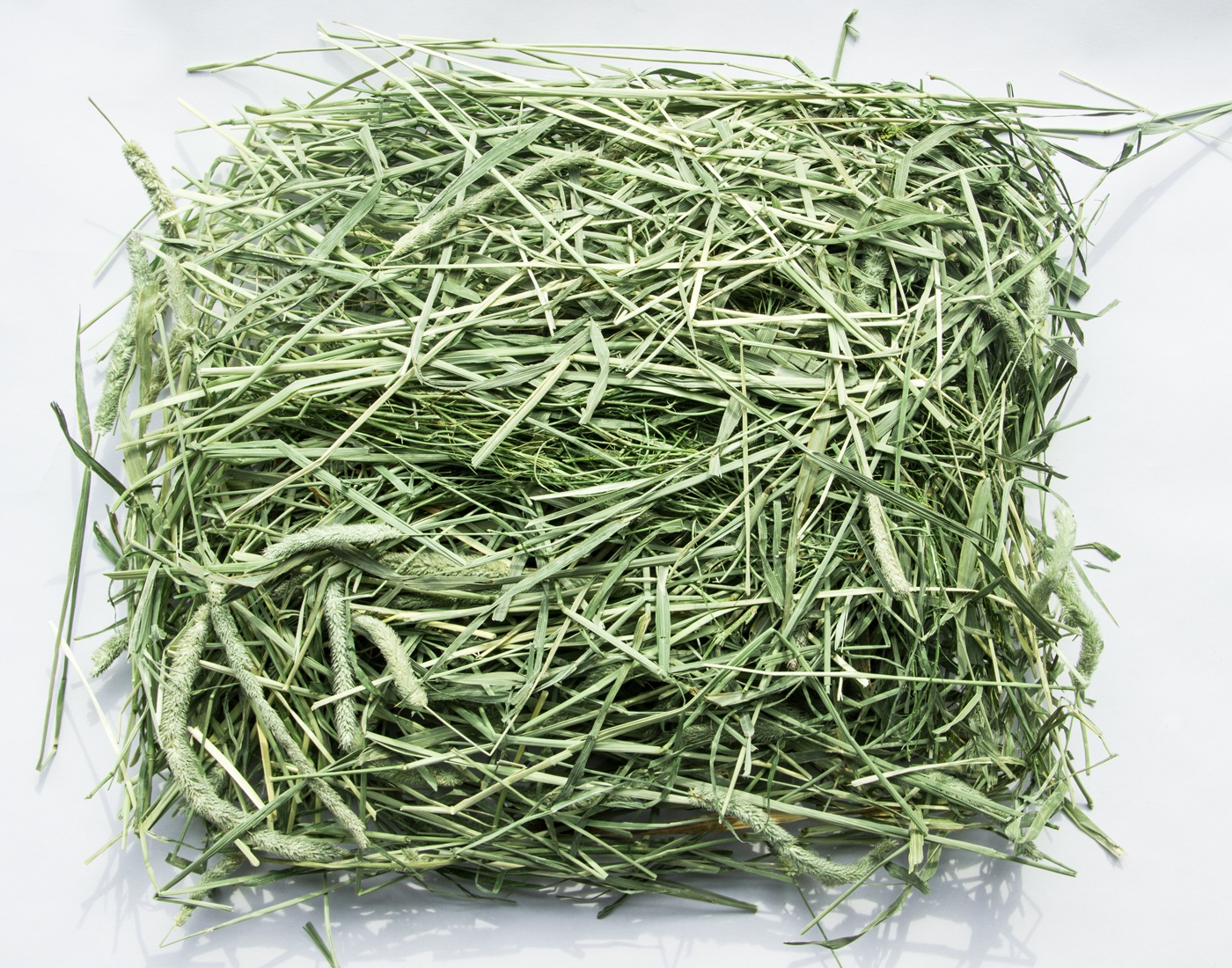
A high quality hay is the most important part of your rabbits diet and should be freely fed.
Vegetables and Leafy greens make up the second most important part of your bunny’s diet. Your bunny should get 1-2 cups a day. Aim for harder vegetables such as sweet potatoes, carrots, broccoli and cauliflower. Leafy greens could include things like kale, spinach and herbs. Iceberg lettuce is not ideal as it is moisture rich and may lead to diarrhoea if fed in excess. Flavoursome herbs (such as basil or parsley) are great to use during recovery from surgery or to stimulate a fussy or unwell rabbit. Please do not feed grass clippings or picked grass as it can rot and ferment and cause serious tummy upsets.
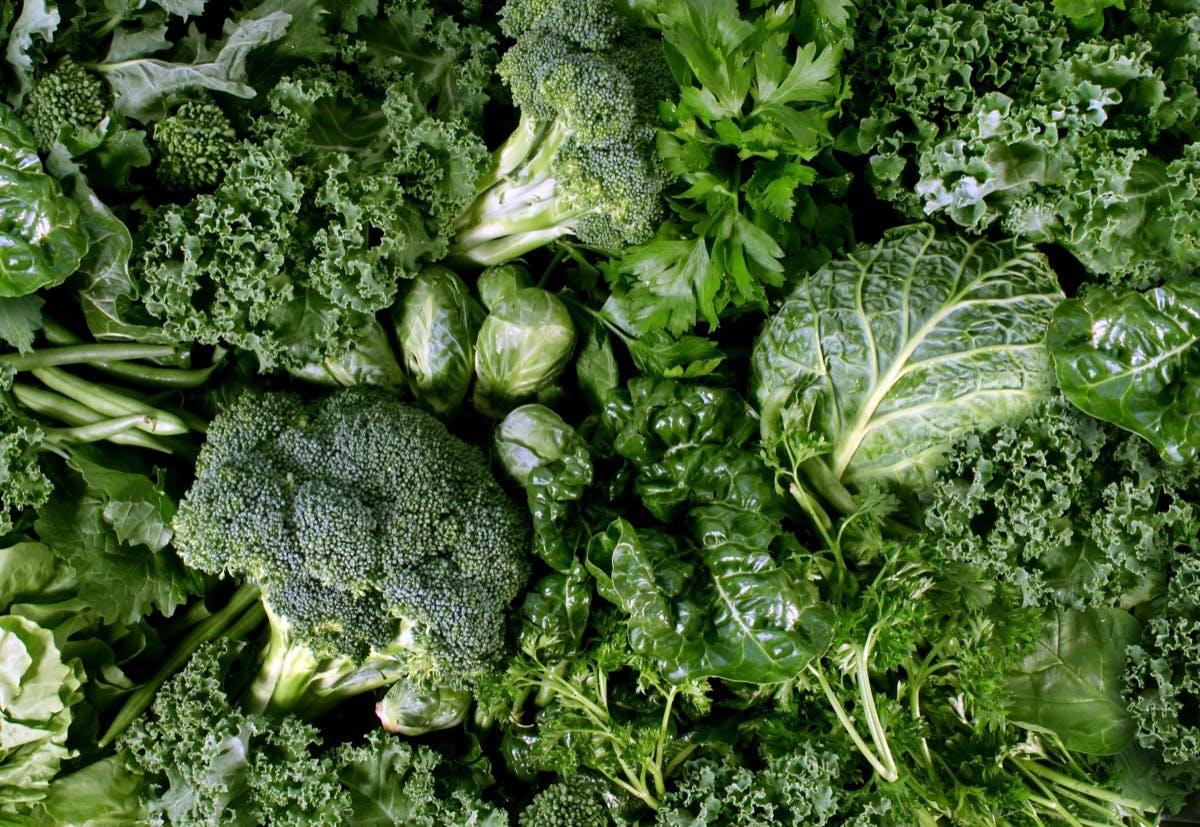
Pellets should be the lowest portion of your bunnies regular diet. When purchasing pellets, look to purchase those that are made for rabbits alone (not cross species pelleted foods). A 2kg rabbit should have a maximum of 50-90g of pellets per day. We recommend the use of pellets over a seed mix to prevent developing picky eaters. We would recommend Wombaroo or Oxbow brand rabbit pellets.
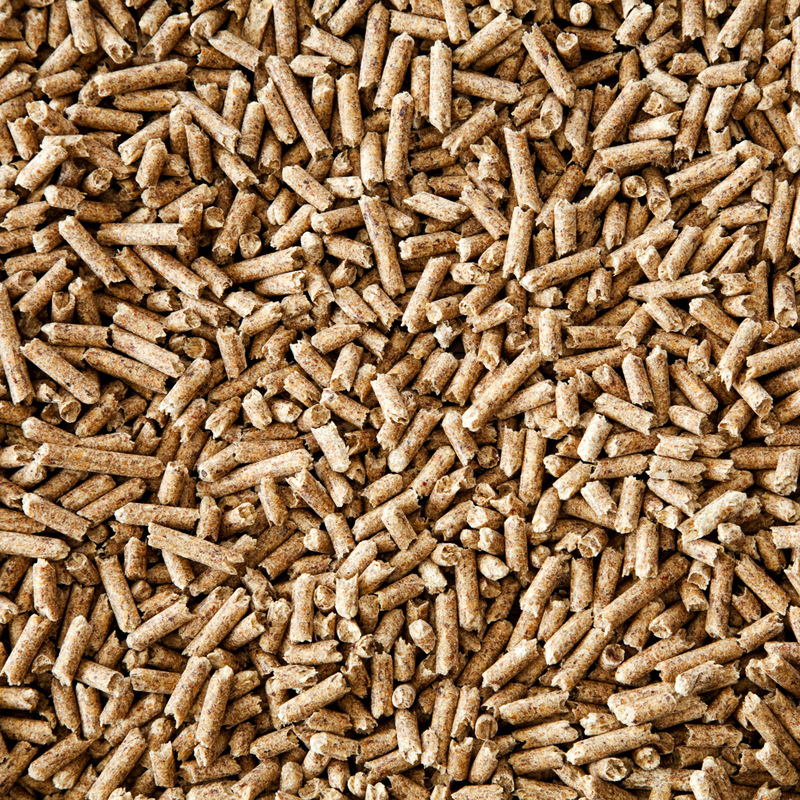
Treats can be given to your rabbit, but in small amounts only. Good treats include small pieces of fruit: banana, apple, strawberry and/or blueberries. Ideally no more than 1-2 treats per week.

Housing: Rabbits are active for about 5 hours a day, and need a minimum of 2 square metres to run in, with a further 1 square metre in undercover bedding space: so 3m². Many commercially produced hutches are far smaller than this, so look to provide time outside in a larger insect proof pen or access to the house if your bunny is indoors.
The ideal temperature range for bunnies is between 16—21 degrees. Extremes above or below this range can put your bunny at serious risk. If your rabbit lives outside even with a sheltered hutch they should be brought in to a sheltered area such as an enclosed car port or even better, inside.
Rabbits ingest their litter and droppings, so it’s important to select a non-clumping and dust free paper litter (Breeder’s choice recycled paper litter is great!) For this reason, it is also vital that their litter is cleaned daily. If you keep your rabbit inside, they can be litter trained just like a cat, but this is easiest once they are desexed.
If your rabbit lives or spends time outside, their hutch must be insect proof. Myxomatosis is passed by mosquitoes, and calicivirus is passed by fleas, flies and other infected rabbits.
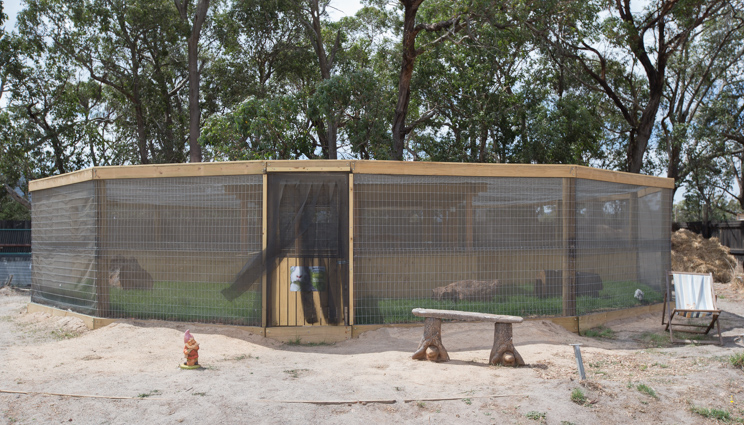
Desexing: Rabbits breed like, well, rabbits! So it’s a great idea to have them desexed. But not only does speying (for females) or castration (for males) prevent breeding, it can help to make your bunny easier to handle and minimise behavioural issues. Desexing is advised at 6 months of age in most cases and is a day procedure. Fasting is not required and rabbits only require minimal downtime and rest. If you keep multiple rabbits it is important to keep males and females separate for four weeks following desexing as males can have surviving sperm that can remain viable in their associated genital vessels.
Parasite Control: Rabbits are prone to picking up intestinal worms, largely due to the risk of picking up worm ova (eggs) from the ground from where they feed. In addition, they can also pick up fleas easily from the environment, particularly if they live outside. We recommend the use of Selapro; a monthly spot on that treats for fleas, heartworm and intestinal worms in rabbits.
Vaccination: In Australia there is a vaccination for Calicivirus. The clinical signs of Calicivirus take place very quickly between infection and symptomatic disease – usually as short as 12-18 hours. The rabbit will become quiet and usually stop eating and drinking, and is followed quickly by death from both cardiac and respiratory failure. Most rabbits die quietly with little distress within 30 hours of infection and their is no known therapy to reverse the disease. Nearly 100% of rabbits that catch the virus die. This disease is spread primarily from blood sucking insects like mosquitoes and fleas but can also be transmitted to rabbits via direct contact with an infected bunny and via other insects like flies.
The Calicivirus vaccine only provides protection against some of the strains and must be given every 6 months. If your bunny is under 12 weeks of age, they require two vaccines given 4 weeks apart. After this, your bunny will require two vaccines a year given 6 months apart.
The other disease which is prevalent but has no vaccination schedule in Australia is Myxomatosis. Symptoms include puffiness around the head and face, lips and inside the ears. This swelling progresses quickly to the bottom and genitals. Within a day or so, this swelling can cause blindness in your rabbit. This disease is spread primarily from blood sucking insects like mosquitoes and fleas but can also be transmitted to rabbits via direct contact with an infected bunny. The progression of the disease is not as fast as Calicivirus; being as short as three days but can be as long as 21 days. Approximately 99% of domestic rabbits infected with myxomatosis die. Some may die within 48 hours from shock and fluid on the lungs.
